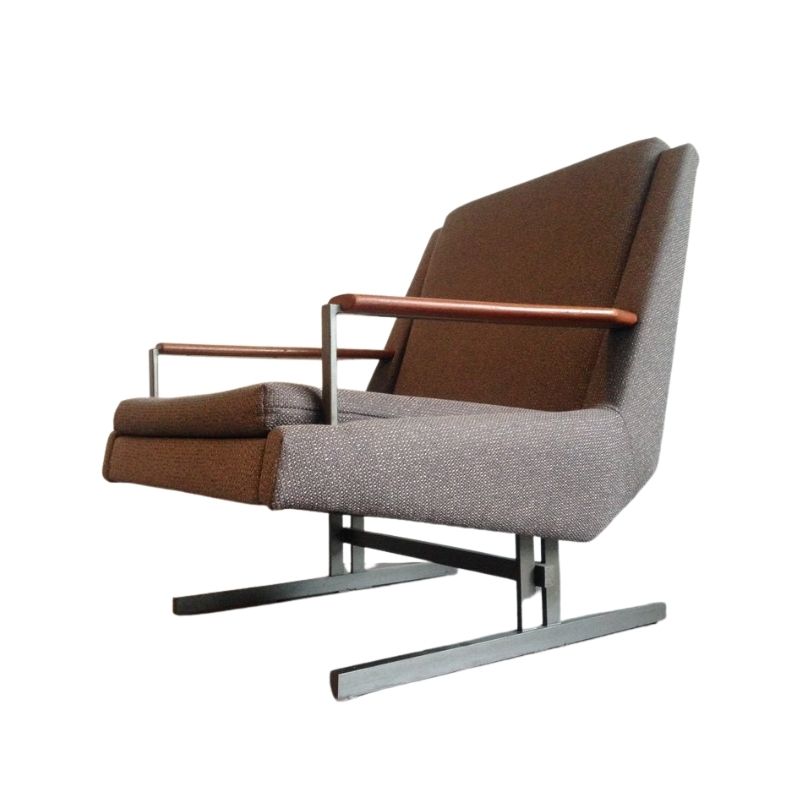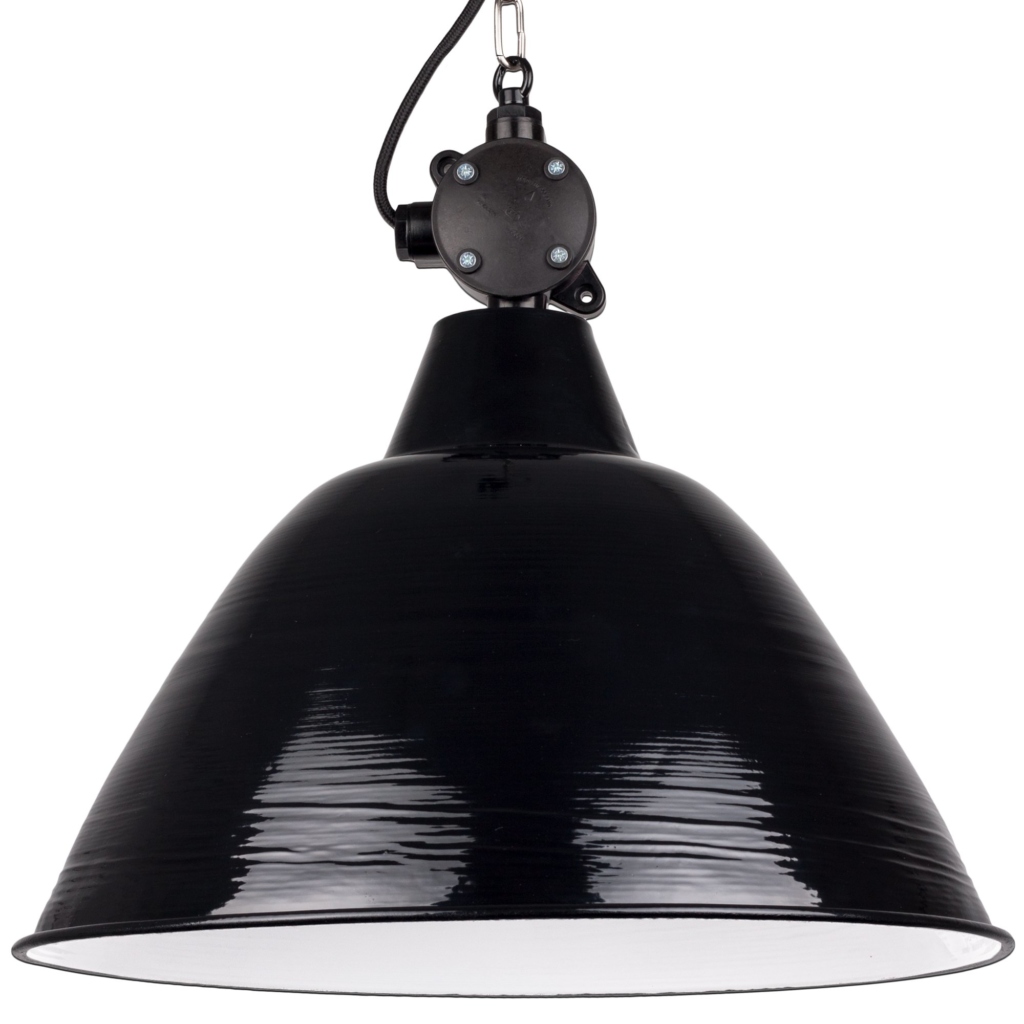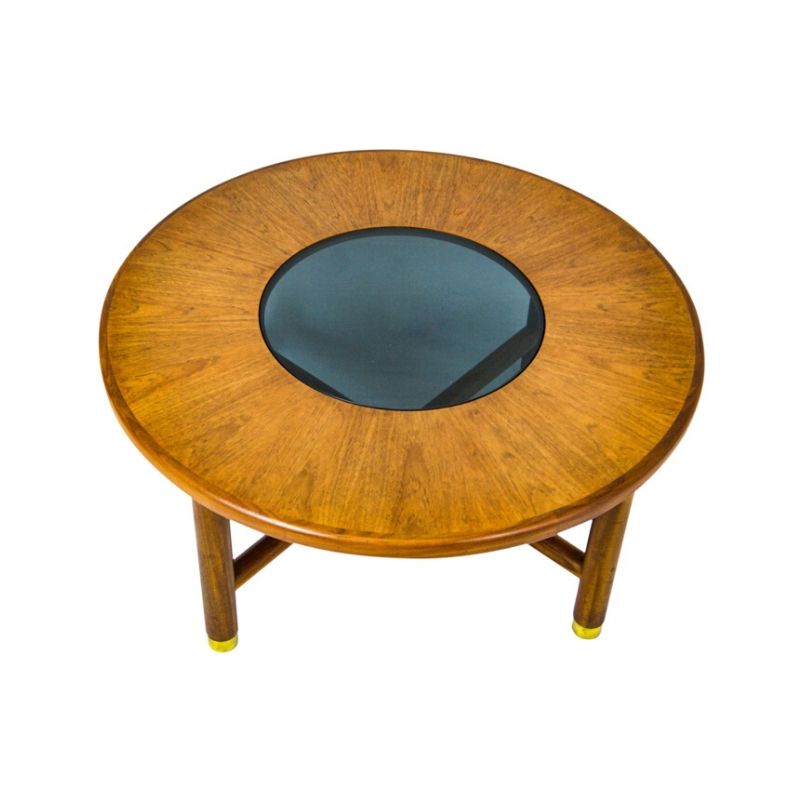I was lucky enough to have two Ib Kofod Larsen chairs at the weekend. I wasn't sure who designed these chairs but I found an ad for them. The chair is a kind of unique because both sides are blocked with masonite panel. I want to take out masonite panel and restore it but I'm not sure whether I can take it out because the panel is completely surrounded. The panel itself is not glued anywhere so it moves around a little but its frame doesn't seem to be detached each other. Is there an easy way to take this panel out ? The other parts were disassembled really easily because there were no screws or glues.
Another question is about a way to webbing. As you can see in the picture, the holes where the webbing strap goes in is pretty wide. Which technique should I use for this ? I don't want to staple. Should I use dowel ? It seems too big for dowel holes. If you have any suggestions, please advise me.
Thanks !


Interesting.
On two accounts.
First time I've ever seen infill side panels on that chair design, and there are quite a few of those floating around the US.
Also the first time I've seen any vintage evidence that this chair design is by Kofod Larsen. Even the vintage Selig catalog cut for this chair doesn't credit him (or anyone ).
It looks like the panels...
It looks like the panels were set into a slot cut into the frame of the chair, in which case the panels would have been placed into position when the chair frame was being assembled and glued up at the factory.
I have owned the other chair in the print ad, which also had a woven panel on the backrest.
To complete my previous comme...
To complete my previous comment, here is the Selig catalog cut for #596-15 lounge chair (minus the sidepanels). For the same catalog, Kofod Larsen was included for similar chair listings.
With respect to the straps, there should be a single dowel under the three slots along each edge. Rather than loops at the ends of the straps, I believe the strap is simply looped around the dowel, threaded back through the slot, then tightened to create the tension (I use pliers). With the current ribbed black webbing straps, the tension, in combo with the slot edge, is enough to keep the strap from slipping, somewhat similar to a backpack strap. I believe that this works the same way with Pirelli straps. I have even found dowels that came with old chairs that had a flat side to them to presumably "catch" the strap better. However, I've never had an issue with all-round dowels.
We used separate dowels for...
We used separate dowels for the webbing, because I had not yet seen an original chair with webbing and dowels intact. I cut up some 1/2" walnut dowel to 3.5" lengths, knocked down the edges, and used those with legit Pirelli webbing. It worked like a charm, but getting the webbing tight is most easily accomplished by two people. One person pulls the end of the webbing while the other lifts up on the webbing just above the slot. Hope that makes sense. Finished product in the link - scroll down for the pic.
http://themidcenturybeehive.com/post/60220643686/happy-holidays
Easy webbing !
Is it really that easy ? Then I will less worry about webbing. Thanks for your blog with pictures.
For the sidepanels, I thought about breaking them and fill rails with wood filler for a few seconds but I want to restore them. I haven't seen any picture of this kind of chair so I want to restore them. I might not be able to do this but I will try.
It's torn
A few areas are torn. I wanted to clean it off but I can't do anything with torn off raffia ( I didn't know that we call this Raffia. Thanks for the info ) I was thinking to glue leather or fabric to cover the sides. I might try with Raffia if I can find. Leather or fabric is easy because I can push the edge to the frame without cut or unglue the side frame.
Does
It look anything like this?
Or it looks kind of like grass cloth wallpaper...maybe you could find an old roll and apply?
http://www.leevalley.com/en/wood/page.aspx?p=57635&cat=1,250,43298,57641
Quite a few of the chair cani...
Quite a few of the chair caning supply places appear to carry raffia in sheets or rolls.
http://www.caneandbasket.com/mobile/Category.aspx?id=67
Fine Close Woven Raffia Cloth
It is very much like "Fine Close Woven Raffia Cloth" because there is no gap or holes. I want to use this if I can take out the panel but this might be harder than fabric or leather when I want to push the material in the edge. I'm still planing... Thanks for the info !
I've never done raffia, but
I've laminated a lot of other fabrics - especially linens - onto panels for inserts in museum exhibit cases.
One technique that is easy and I like is to paint book binder's PVA (regular Elmer's white glue will work, too) onto the panel using a short-nap roller and let it dry.
Give it another coat and let that dry to the touch.
Lay out the fabric over the panel aligning the weave.
Then, using a household steam iron with the steam function turned on, slowly press the fabric onto the panel working carefully from the center outwards.
Trim edges with a razor knife.
Presto! non-toxic, no special tools, no liquid glue to bleed through, and it lasts. If a blister ever does develop, you can simply warm up an iron and repair it in situ.
If I HAD to wet mount it, I'd probably use a starch paste of some sort.
If you need any help, please contact us at – info@designaddict.com









